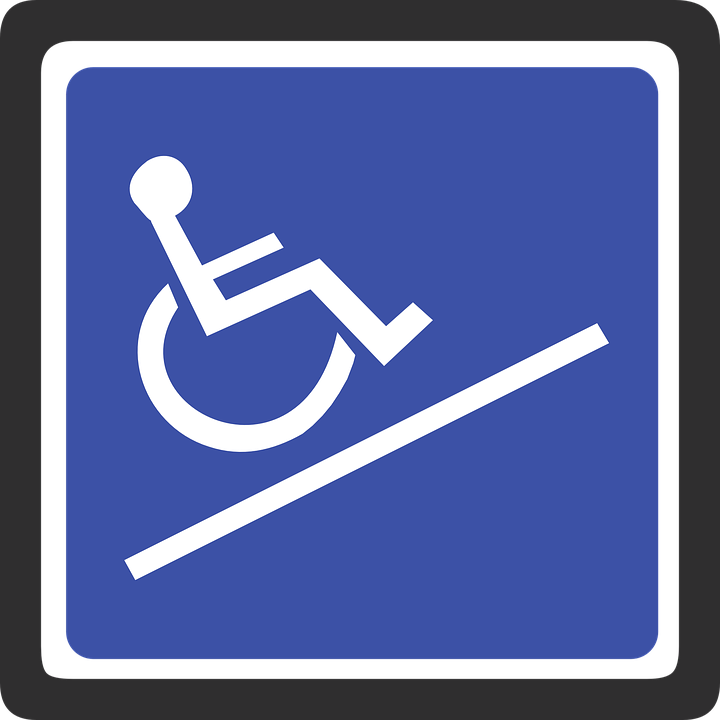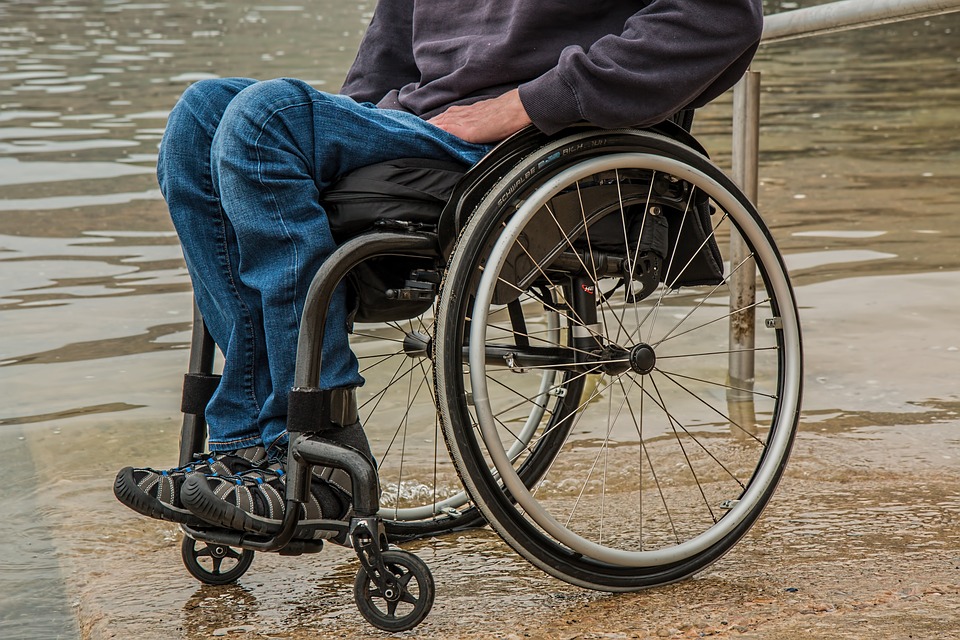As we age, it’s common to experience a decline in our ability to perform everyday tasks. From opening jars to getting dressed, even the simplest of activities can become challenging. Fortunately, there are aids for daily living that can help us continue to lead independent lives.
One common aid for people with mobility issues is a cane. Canes provide support and stability for those who have trouble walking or maintaining balance. They come in a range of styles, from basic wooden canes to more advanced designs with adjustable heights and ergonomic handles. Some canes even have built-in lighting to help you navigate in the dark.
Another aid for daily living is the grabber tool. This device allows you to reach items on high shelves or pick up objects from the ground without bending over. It’s particularly useful for people with limited mobility or back problems. Modern grabber tools are lightweight and easy to use, with grippers that can pick up even small items like coins or pills.
For those who have difficulty with fine motor skills, there are a variety of aids available. These include specially designed utensils, such as spoons and forks with wider handles or built-up grips. Opening jars and bottles can also be made easier with rubber grip pads that provide extra traction. Devices like button hooks and zipper pulls can help with getting dressed, while elastic shoelaces make it easier to put on and take off shoes.
Aids for daily living aren’t just for those with physical disabilities, either. Individuals with hearing loss can benefit from assistive listening devices, which amplify sound and help reduce background noise. There are also devices that provide visual cues for phone calls and doorbells, as well as alarms that use bright strobe lights to wake you up in the morning.
For people with visual impairments, there are plenty of aids available as well. These range from simple magnifying glasses to more advanced devices like electronic readers that can read text aloud. Braille watches and clocks can help with keeping track of time, while talking scales and measuring cups make cooking and baking more accessible.
It’s important to keep in mind that aids for daily living are not one-size-fits-all solutions. Finding the right aids for your specific needs can take some trial and error. It’s also important to consult with a healthcare professional, such as an occupational therapist, to ensure that you’re using the aids properly and safely.
Aids for daily living can provide a number of benefits beyond just making everyday tasks easier. They can help improve overall quality of life, reducing frustration and increasing independence. For family members and caregivers, the use of aids can also ease some of the burden of caring for an aging or disabled loved one.
It’s also worth noting that aids for daily living are not limited to physical aids. There are plenty of apps and software programs that can help with everything from medication reminders to home safety. Some apps even provide resources for managing mental health conditions like anxiety and depression.
Aids for daily living can make a world of difference for people with disabilities or age-related limitations. From canes and grabber tools to magnifiers and talking watches, there are aids available to help with just about any everyday task. Finding the right aid may take some research and experimentation, but the increased independence and quality of life is well worth it.



